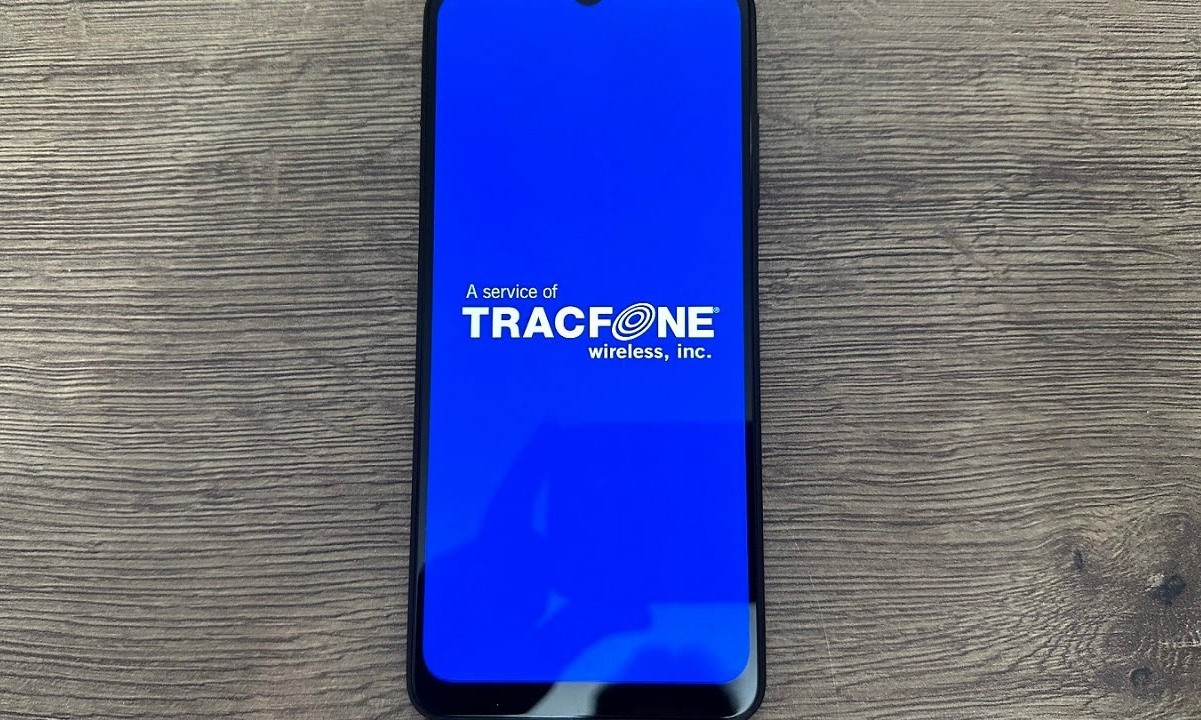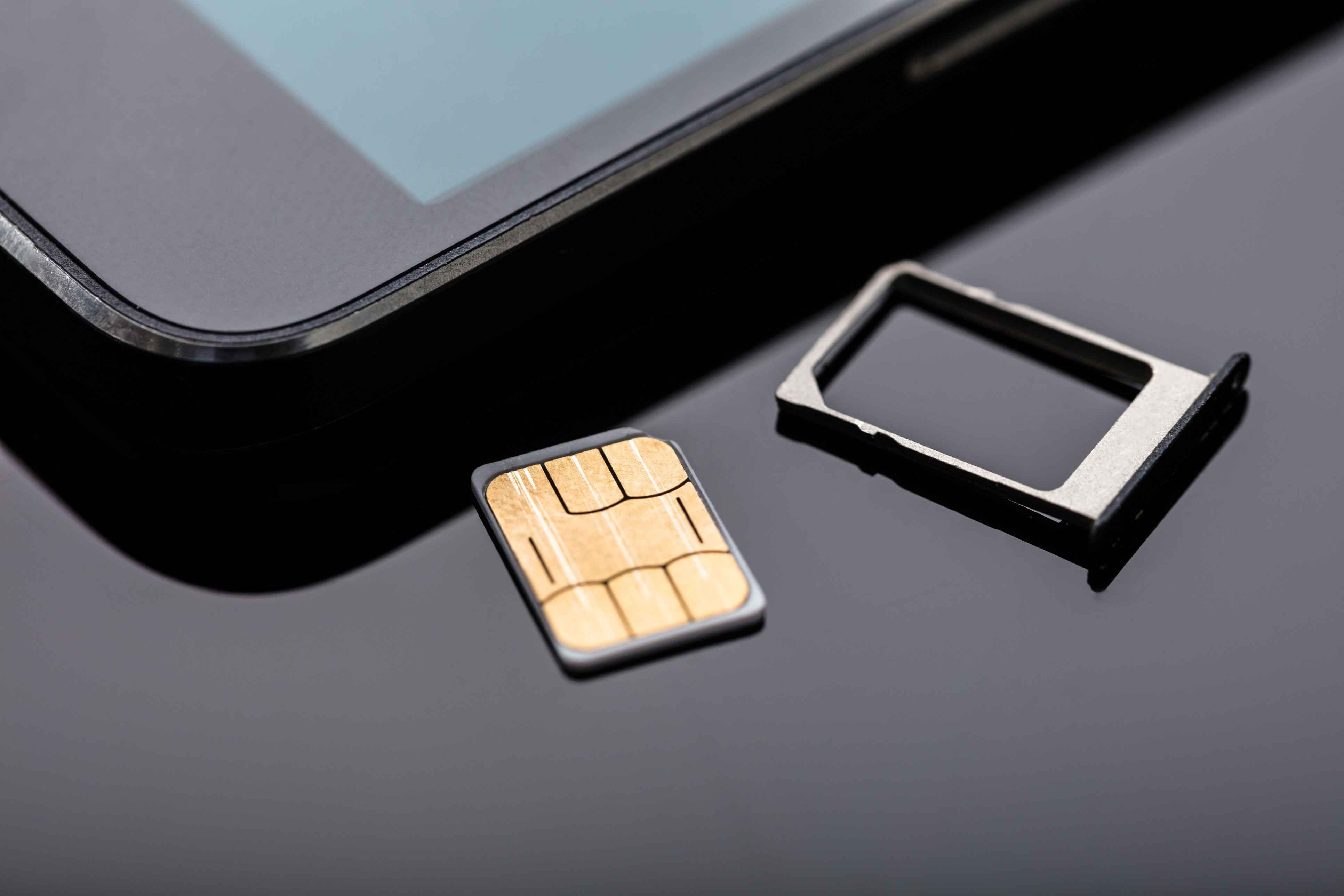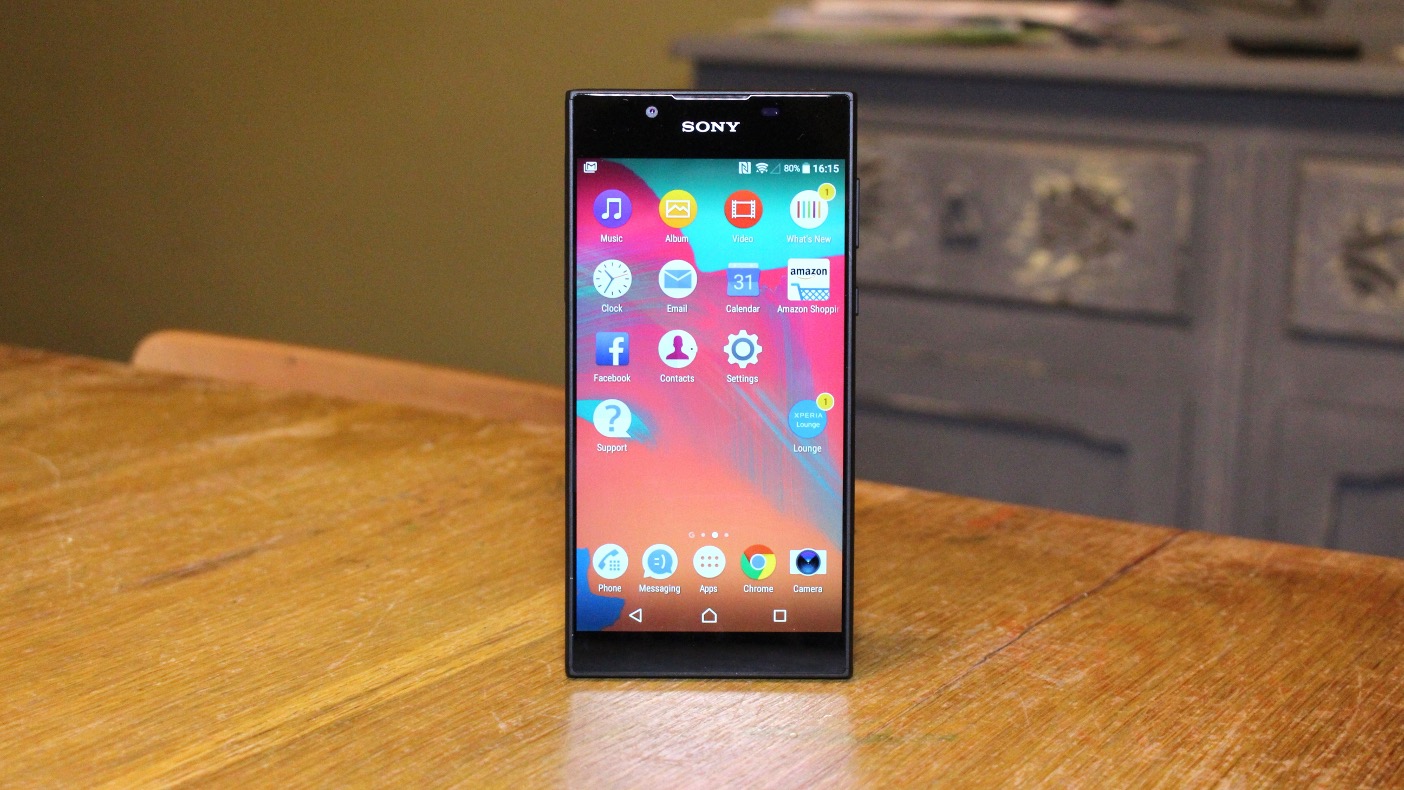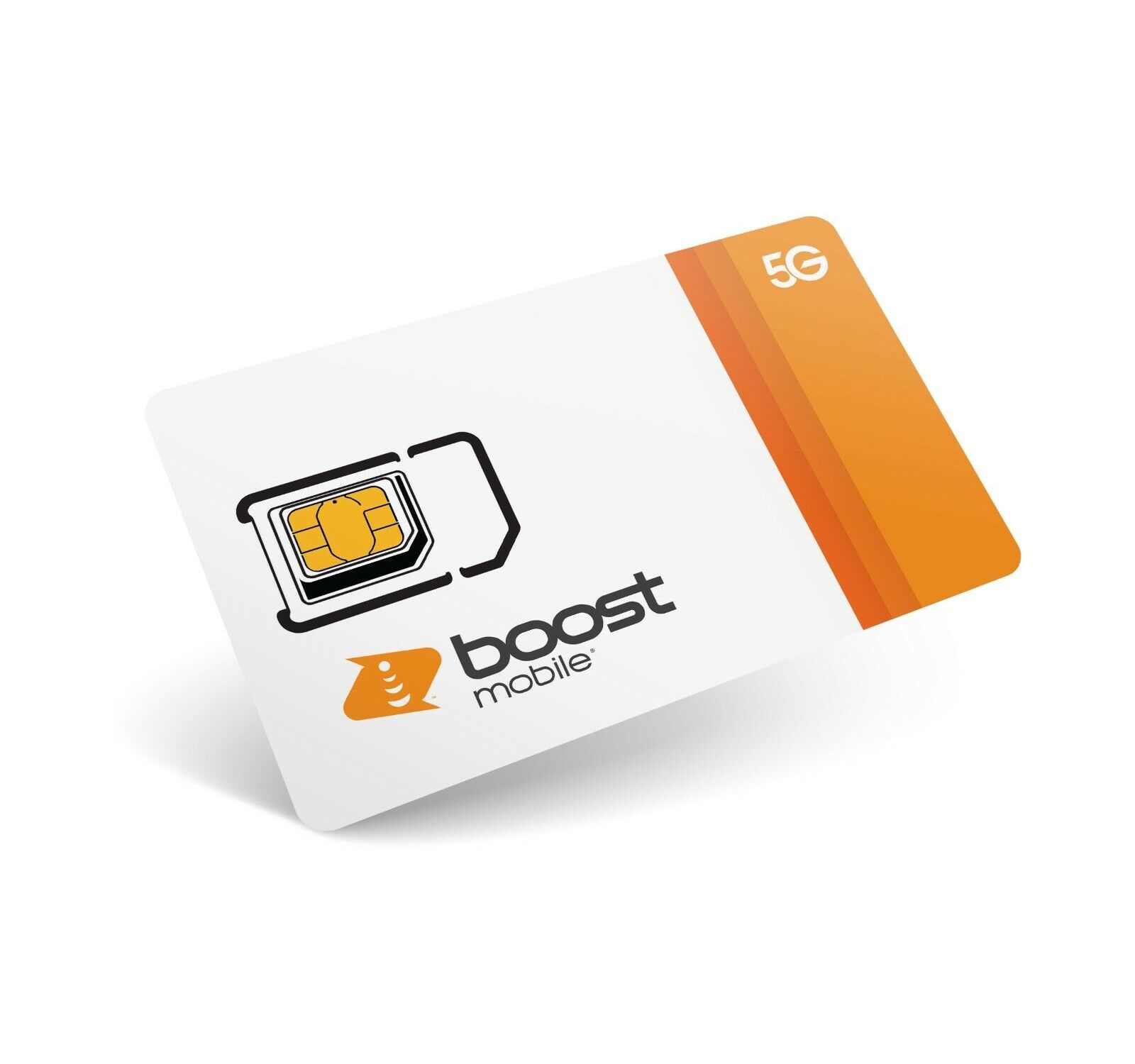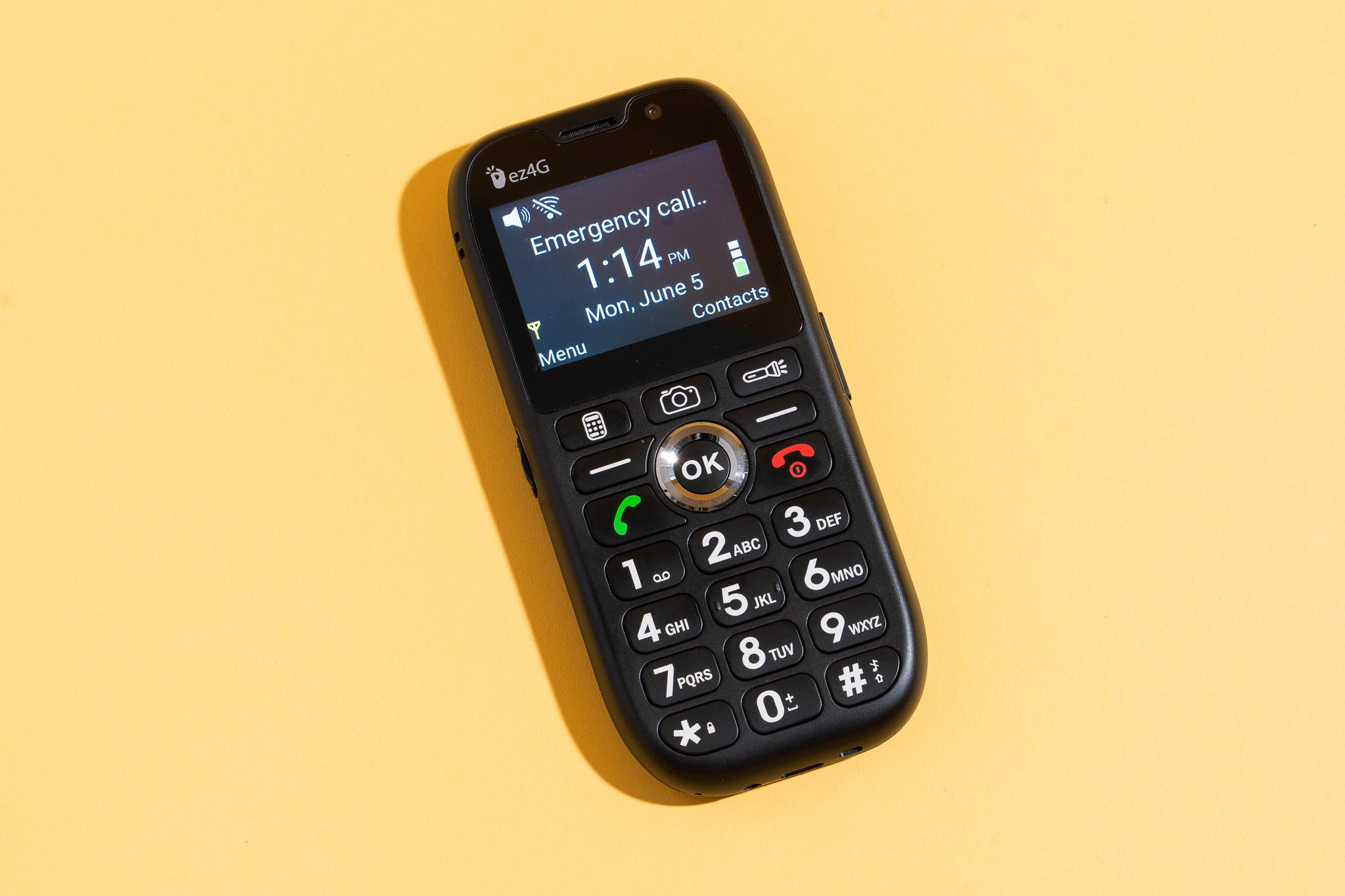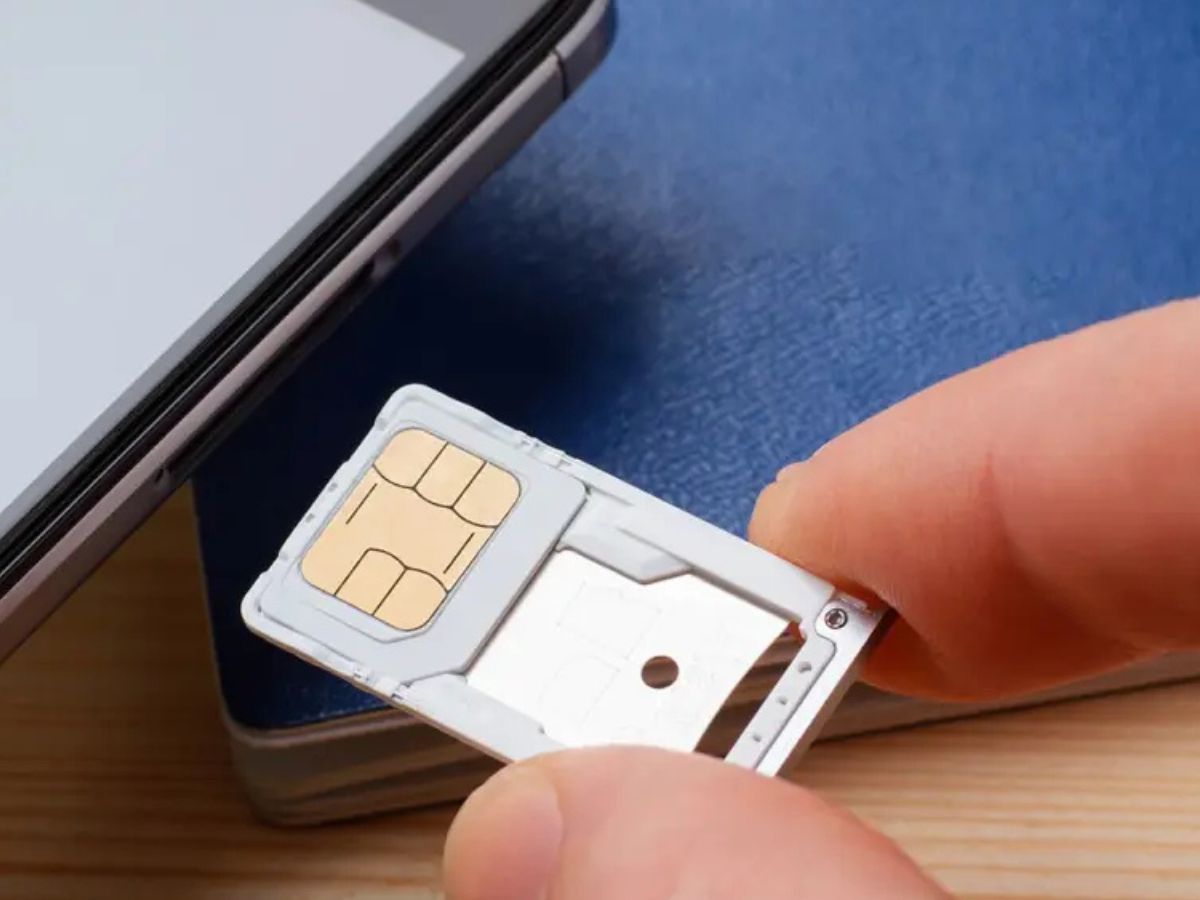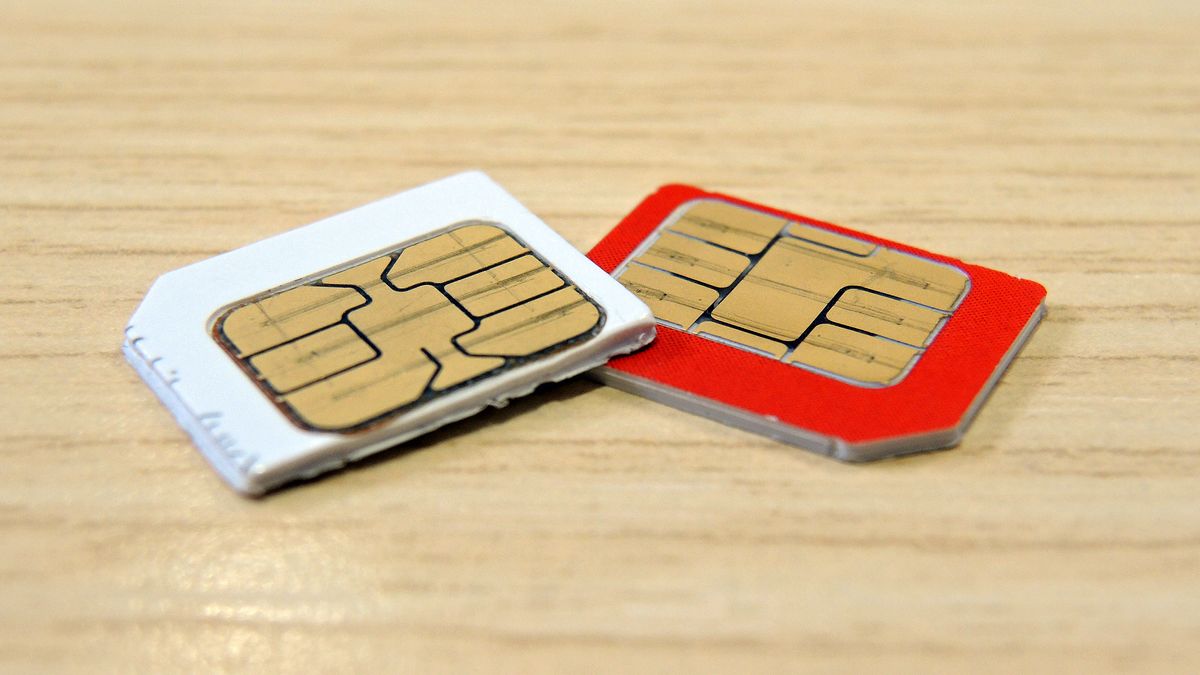Introduction
Transferring data from a SIM card is a crucial task for anyone upgrading to a new mobile device or switching carriers. The SIM card holds valuable information such as contacts, text messages, and other essential data, making it essential to transfer this information seamlessly to the new device. Understanding the process of transferring data from a SIM card is vital to ensure that no important information is lost during the transition.
In this comprehensive guide, we will walk you through the step-by-step process of transferring data from a SIM card to a new device. Whether you are upgrading to the latest smartphone or changing carriers, this guide will equip you with the knowledge and tools needed to complete the transfer successfully. By following these instructions, you can ensure a smooth transition and retain all your important data without any hassle.
The process of transferring data from a SIM card may seem daunting at first, especially for those new to the world of mobile devices. However, with the right guidance and a clear understanding of the steps involved, this process can be straightforward and stress-free. By the end of this guide, you will have the confidence and know-how to transfer your SIM card data with ease, allowing you to enjoy your new device without any data-related concerns.
Now, let's dive into the step-by-step process of transferring data from a SIM card, starting with gathering the necessary tools for the task.
Step 1: Gather Necessary Tools
Before embarking on the process of transferring data from a SIM card to a new device, it is essential to gather the necessary tools to ensure a smooth and efficient transfer. The following tools will be required for this task:
-
SIM Card Removal Tool: This small, often needle-like tool is designed specifically for ejecting SIM cards from mobile devices. It is essential for safely removing the SIM card without causing any damage to the card or the device.
-
New Device: Ensure that the new device, whether it is a smartphone or a tablet, is readily available. This will be the recipient of the transferred SIM card data.
-
Access to SIM Card Slots: Depending on the specific devices involved, it may be necessary to have access to the SIM card slots on both the old and new devices. This may involve removing a protective cover or accessing a tray that houses the SIM card.
-
Stable Work Surface: It is advisable to work on a stable and well-lit surface to prevent any accidental damage to the devices or the SIM card during the transfer process.
-
Backup Options: While not a physical tool, it is crucial to have backup options in place for the data being transferred. This could include cloud storage, a computer, or an external storage device. Having a backup ensures that the data is not lost in the event of any unforeseen issues during the transfer.
Gathering these tools and ensuring their availability before starting the transfer process will help streamline the entire procedure. With the necessary tools at hand, you can proceed confidently to the subsequent steps, knowing that you are well-prepared for a successful transfer of data from the SIM card to the new device.
Step 2: Power off Your Device
Before initiating the process of transferring data from your SIM card to a new device, it is crucial to power off your current device. This step is essential to ensure the safety of your data and the integrity of the transfer process. By powering off the device, you mitigate the risk of data corruption or loss during the SIM card removal and insertion procedures.
To power off your device, locate the power button, typically situated on the side or the top of the device. Press and hold the power button until the on-screen prompt appears, allowing you to power off the device. Once the device is powered down, ensure that the screen is completely dark, indicating that the device is no longer active.
Powering off your device serves as a precautionary measure, preventing any potential data conflicts or interruptions during the SIM card transfer. It also minimizes the risk of accidental damage to the device or the SIM card itself. By following this simple yet crucial step, you create a stable and secure environment for the subsequent stages of the data transfer process.
After powering off your device, it is advisable to wait for a few moments to ensure that the device has completely shut down. This brief waiting period allows any background processes to conclude, further safeguarding the integrity of the data on the SIM card. Additionally, it provides an opportunity for the device to cool down, reducing the risk of handling a device that may be overheated from prolonged usage.
Once the device has been powered off and a brief waiting period has elapsed, you are now ready to proceed to the next step of the data transfer process. With your device powered off and the necessary precautions in place, you can confidently move forward to the subsequent stages, knowing that you have taken the essential first step towards a successful transfer of data from your SIM card to the new device.
Step 3: Remove the SIM Card
Removing the SIM card from your current device is a critical step in the process of transferring data to a new device. This delicate procedure requires precision and care to ensure that the SIM card is safely extracted without causing any damage to the card or the device itself.
Begin by locating the SIM card slot on your current device. The location of the SIM card slot varies depending on the make and model of the device. In most cases, the SIM card slot is positioned on the side of the device or under the back cover. Once you have identified the location of the SIM card slot, use the SIM card removal tool to gently eject the SIM card tray.
Insert the pointed end of the SIM card removal tool into the small pinhole next to the SIM card slot. Apply a slight amount of pressure to release the SIM card tray. Be cautious and avoid using excessive force, as this could potentially damage the SIM card slot or the tray itself.
Carefully slide out the SIM card tray from the device, ensuring that the SIM card remains securely in place on the tray. Take note of the orientation of the SIM card on the tray, as this will be important when inserting it into the new device.
Once the SIM card tray is removed, gently push the SIM card out of the tray by applying light pressure to the exposed edge of the card. Handle the SIM card with care, holding it by the edges to prevent any smudging or damage to the metal contacts on the card.
After removing the SIM card from your current device, place it in a safe and easily accessible location. It is advisable to keep the SIM card in a protective case or holder to prevent any accidental damage or misplacement.
With the SIM card safely removed from your current device, you have completed a crucial stage in the data transfer process. The next step will involve inserting the SIM card into your new device, enabling you to seamlessly transfer your valuable data and continue using your mobile services without interruption.
Step 4: Insert the SIM Card into the New Device
With the SIM card safely removed from your previous device, the next crucial step is to insert it into your new device. This process ensures that your new device is equipped with the necessary SIM card to access your mobile network and transfer your valuable data seamlessly. Follow these steps to insert the SIM card into your new device:
-
Identify the SIM Card Slot: Locate the SIM card slot on your new device. Depending on the device model, the SIM card slot may be positioned on the side of the device, accessible through a small tray, or located under the back cover. Refer to the device's user manual if you are unsure about the location of the SIM card slot.
-
Prepare the SIM Card: Before inserting the SIM card, ensure that it is clean and free from any dust or debris. Gently wipe the metal contacts on the SIM card with a soft, dry cloth to remove any potential contaminants that could interfere with the connection.
-
Insert the SIM Card: Using the orientation observed during the removal process, carefully place the SIM card onto the designated area of the SIM card tray. Ensure that the SIM card fits securely and aligns with the guides on the tray. Avoid applying excessive pressure when inserting the SIM card to prevent any damage to the card or the tray.
-
Reinsert the SIM Card Tray: Once the SIM card is securely in place on the tray, carefully slide the tray back into the SIM card slot on your new device. Ensure that the tray is inserted in the correct orientation and that it sits flush with the device, maintaining a secure connection.
-
Power on the New Device: With the SIM card successfully inserted, power on your new device. Allow the device to initialize and establish the connection with the mobile network. Depending on the device, you may need to enter a PIN or follow on-screen prompts to activate the SIM card and complete the setup process.
By following these steps, you have successfully inserted the SIM card into your new device, setting the stage for the final phase of the data transfer process. With the SIM card in place, your new device is now ready to receive the transferred data and seamlessly integrate with your mobile network, allowing you to access your contacts, messages, and other essential information without any interruptions.
Step 5: Power on the New Device
After successfully inserting the SIM card into your new device, the next crucial step is to power on the device. This action initiates the process of establishing a connection with the mobile network, enabling the device to access the transferred data and essential mobile services. Powering on the new device involves a few key steps to ensure a seamless transition and activation of the SIM card.
To power on the new device, locate the power button, typically situated on the side or the top of the device. Press and hold the power button until the device's screen illuminates, indicating that it is booting up. As the device powers on, it will begin the initialization process, configuring the SIM card and establishing connectivity with the mobile network.
Depending on the device and the carrier, you may be prompted to enter a PIN code to activate the SIM card. This PIN code is typically provided by the carrier and serves as a security measure to authenticate the SIM card and enable access to the mobile network. Enter the PIN code as prompted, ensuring that it is entered accurately to avoid any potential issues with SIM card activation.
As the device completes the startup process, it will establish a connection with the mobile network, enabling you to access voice, messaging, and data services. During this phase, the device may display network-related indicators, such as signal strength and network name, confirming the successful activation of the SIM card.
Once the new device has powered on and established a connection with the mobile network, it is advisable to perform a test to ensure that the transferred data, including contacts and messages, is accessible. Navigate to the contacts and messaging applications to verify that your data has been seamlessly transferred from the SIM card to the new device.
In addition to testing the transferred data, consider placing a test call or sending a test message to confirm that voice and messaging services are fully operational. This verification process provides peace of mind, ensuring that the SIM card activation and data transfer have been completed successfully.
By powering on the new device and confirming the activation of the SIM card, you have taken a significant step towards seamlessly transitioning to your new device while retaining access to your valuable data and mobile services. With the device powered on and the SIM card activated, you are now ready to proceed to the final step, where you can verify the success of the data transfer and ensure that your new device is fully operational.
Step 6: Check for Data Transfer Success
After completing the preceding steps of transferring the SIM card to your new device, it is crucial to verify the success of the data transfer. This step ensures that all your essential information, including contacts, messages, and other data stored on the SIM card, has been seamlessly transferred to the new device.
Begin by accessing the contacts and messaging applications on your new device. Verify that all your contacts are available and properly organized, reflecting the same information that was stored on the previous device. Scroll through the list of contacts to confirm that no data has been lost during the transfer process. Additionally, send a test message to ensure that your messaging application is functioning as expected, displaying your conversations and message history accurately.
Furthermore, check for the presence of any additional data that may have been stored on the SIM card, such as network settings and service-related information. Access the device's settings menu and navigate to the mobile network or SIM card settings to ensure that all necessary configurations have been transferred successfully. This includes network-specific settings, such as APN (Access Point Name) configurations, which are essential for accessing mobile data services.
In addition to verifying the data transfer success on the device itself, consider testing the functionality of your mobile services. Place a test call to confirm that voice services are operational and that your contacts' information is readily accessible during the call. It is also advisable to test the mobile data connectivity to ensure that you can access the internet and other data services without any issues.
Finally, perform a comprehensive check of the device's settings and applications to ensure that all your preferences and customizations have been transferred from the previous device. This includes app-specific settings, wallpapers, and other personalized configurations that contribute to a seamless transition to the new device.
By meticulously checking for the success of the data transfer, you can ensure that your new device is fully equipped with all the essential information and settings from the SIM card. This verification process provides peace of mind, allowing you to confidently use your new device without any concerns about lost data or incomplete transfers.
With the data transfer successfully verified, you can now enjoy your new device, knowing that your valuable information has been seamlessly transitioned, and your mobile services are fully operational.
Conclusion
In conclusion, the process of transferring data from a SIM card to a new device is a pivotal step in ensuring a seamless transition while retaining access to essential information and mobile services. By following the step-by-step guide outlined in this comprehensive article, you have gained the knowledge and confidence to navigate this process with ease.
The initial step of gathering the necessary tools sets the stage for a well-prepared and efficient data transfer process. Equipped with the SIM card removal tool, a stable work surface, and backup options, you were ready to proceed with the subsequent steps, knowing that you were well-prepared for a successful transfer.
Powering off the current device was a crucial precautionary measure, safeguarding the integrity of the data and ensuring a secure environment for the SIM card removal. This simple yet essential step minimized the risk of data corruption or loss during the transfer process.
The delicate procedure of removing the SIM card from the current device required precision and care. By following the outlined steps, you safely extracted the SIM card, ensuring that it remained intact and ready for insertion into the new device.
Inserting the SIM card into the new device was a pivotal stage, enabling the seamless transfer of your valuable data and the activation of essential mobile services. By carefully following the steps to insert the SIM card and power on the new device, you established a connection with the mobile network, ensuring that your new device was fully operational.
The final step involved verifying the success of the data transfer, ensuring that all essential information, contacts, messages, and settings had been seamlessly transitioned to the new device. This comprehensive check provided peace of mind, confirming that the data transfer process had been completed successfully.
With the data transfer process concluded and the success of the transfer verified, you are now ready to fully enjoy your new device, equipped with all your essential data and mobile services. The knowledge and skills gained from this guide empower you to navigate future device upgrades or carrier switches with confidence, knowing that you can seamlessly transfer your SIM card data without any hassle.
By following this step-by-step guide, you have successfully completed the process of transferring data from a SIM card to a new device, setting the stage for a smooth and uninterrupted experience with your new mobile device.









